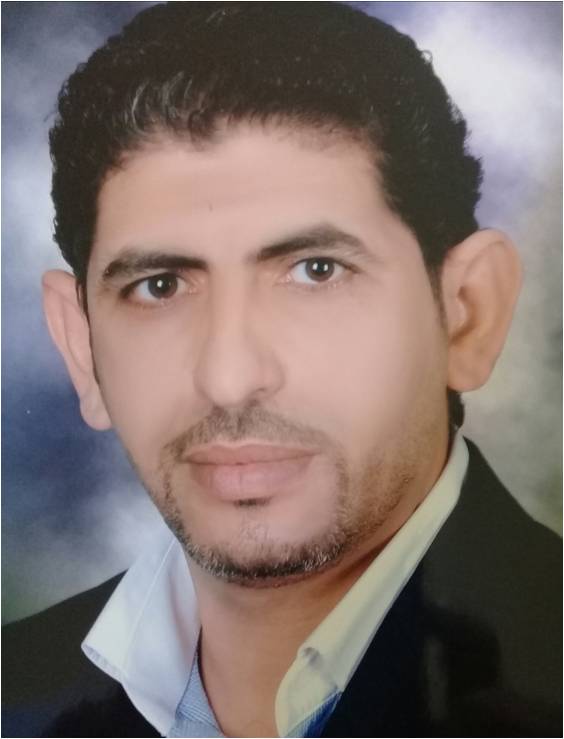El Samra area in southeastern Sinai is occupied by Dokhan volcanic and Hammamat sediments. The Dokhan volcanic separated into (a) older Dokhan volcanic of intermediate compositions, and (b) younger Dokhan volcanic of rhyolitic composition. The two subunits are separated by a time interval of considerable magnitude during which deposition of the Hammamat sediments. The volcanic-sedimentary succession intruded by high level younger granites (Syenogranites and monzogranite) and albitite.The copper-gold-sulphide mineralizations are widely distributed in Dokhan volcanic and the dominance of the calc-alkaline granitic rocks. The mineralization represented by sulphide disseminated in rhyolite sheet, copper and sulphide mineralization in Stockwork in Wadi El Samra, alteration zone of copper mineralization in Wadi Ghorabi-El Hatemeia, alteration zones mainly along shear zones in Wadi Khashm El Fakh and copper-sulphide gossans in Wadi Tarr. The copper-gold ores exhibit Cu/Au atomic ratios of the mineralization in Wadi El Samra area about 0.38, which signifies them as gold-rich porphyry copper deposits. The gold-rich signature of Wadi El Samra deposits complies with features such as higher contents of chalcopyrite and bornite in the hypogene ores, reflect rather high temperature (more than600°C) of the primary ore-forming fluids involved in the formation of the porphyry copper-gold deposits, and it formed at relatively shallow depth (approximately <3 km). Wades Ghorabi-El Hatemeia and Khashm El Fahk areas mineralization has an average Cu/Au ratio of 1.3 and Ag/Au ratio less than 10/1ratio these values characterized to the epithermal type mineralization and temperatures of homogenization are greater than 250 o C

